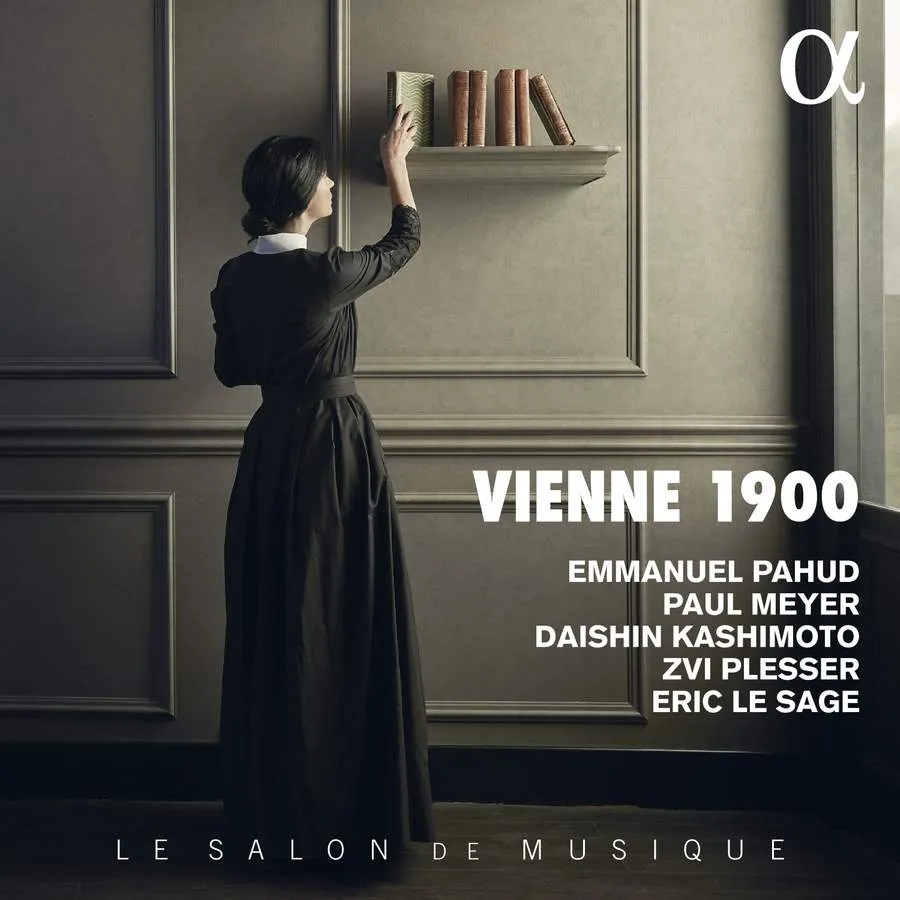
Vienne 1900 Korngold: Piano Trio in D major, Op. 1; Zemlinsky: Trio in D major, Op. 3; Mahler: Des Knaben Wunderhorn – Rheinlegendchen; Kindertotenlieder – Oft denk' ich, sie sind nur ausgegangen; Berg: Piano Sonata, Op. 1; Four Pieces for Clarinet and Piano, Op. 5; Chamber Concert – Adagio; Schoenberg: Chamber Symphony No. 1 in E major, Op. 9 Eric Le Sage (piano), Zvi Plesser (cello), Daishin Kashimoto (violin), Paul Meyer (clarinet), Emmanuel Pahud (flute) Alpha Classics ALPHA588 114.16 mins (2 discs)
The ‘Vienna 1900’ label needs to be taken with a pinch of salt, but the half-dozen composers represented here share the same Zeitgeist, and their lives were all interconnected. It was Mahler who recognised Korngold’s astonishingly precocious talent, and recommended him to be sent to study with Schoenberg’s brother-in-law, Zemlinsky. It’s almost impossible to believe that Korngold was only 12 years old when he composed his Piano Trio. It would be one thing if the music were merely derivative, but in fact its intensely chromatic style and its impassioned, febrile atmosphere are far in advance of anything to be found in Zemlinsky’s more restrained Clarinet Trio, composed in the year before Brahms died. Zemlinsky’s piece is ultimately the more satisfying, but the Korngold is well worth hearing, despite its undeniably weak finale.
Mahler is symbolically represented by two songs arranged for flute and piano. Much more substantial are the Berg items: the early single-movement Piano Sonata, the aphoristic Pieces for clarinet and piano Op. 5 and the composer’s own arrangement for clarinet, violin and piano of the slow movement from his Chamber Concerto. Webern’s transcription of the First Chamber Symphony by Schoenberg was made to supply additional repertoire for the latter’s five-piece Pierrot lunaire ensemble when he took the piece on tour. It’s skilfully done, but one sorely misses the sound of the horns which are such a vital ingredient of the original scoring. As you would expect from such a distinguished line-up of soloists, the performances are all first rate. An enterprising and rewarding venture.
Misha Donat